“And finally, Melilla is the perfect destination for sports enthusiasts. Attractions in the surrounding area include a visit to Mount Gurugú with its resident colony of monkeys, … [have fun with] scuba-diving on its rocky sea bed, with its abundance of marine life.”
www.spain.info
Melilla is a Spanish enclave on the Mediterranean coast of Morocco. Along with Ceuta, Melilla is the only way to enter the European Union territory without crossing the sea. A 6 meter-high and 12 km-long border fence surrounds Melilla; it separates the city from Morocco and prevents migrants from sub-Saharan Africa to enter. Frontex, the agency in charge for European borders surveillance, was responsible for the construction of the barrier. Along the boundary there are presence sensors and razor wire – that is illegal in the EU. In the past there were tear gas sprinklers, now removed. They say that it was originally proposed an electrified fence.
When the migrants manage to cross the barrier, the soldiers intervene. Sometimes the guards fire rubber bullets. And it happens that some migrant drown before their eyes. Or that he hurts to death while climbing the fence. The survivors live at the CETI, a detention centre in the southwest of Melilla. They can go in and out freely. Nearby there is a golf course. Some claim that it was built with the money coming from the European Union. Behind the golf course and across the fence, there is Gurugú mountain, where 150,000 people camp out, waiting to cross the European border.
The city is militarized with little discretion and appears austere as a Central European city. Clean, tidy, almost deserted. Yet the border areas are always busy. At the checkpoints, there are long lines of cars and people, who come to work in Europe with daily visas. At the border near the CETI, Europeans cannot get a visa; they must go to Beni Ansar checkpoint. There, people help Europeans to fill out the form for the visa. They provide pens and form, but formally they do not exist.
The northern part of the barrier defines an artificial forest of maritime pines that they used for military exercises. It is one of the highest points of the city, where bloody battles took place in the past. On Sunday, few families make the barbecue there. It is an area under strict surveillance, dotted with CCTV cameras and presence sensors. In the forest, overlooking the sea, there is a mirador to allow tourists and visitors to enjoy the view over the cliff.
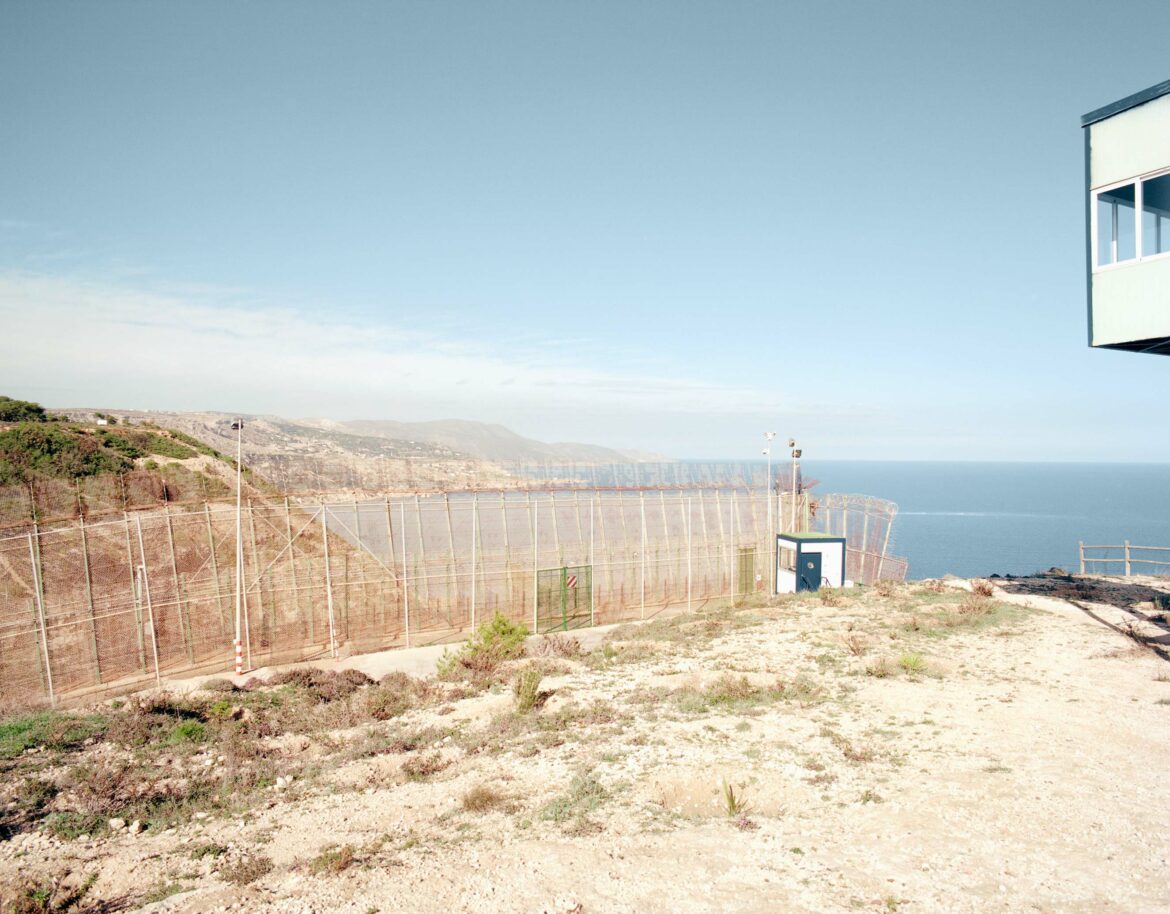

North-Western border in Melilla. The double fence with razor wire and cctv cameras prevent the illegal crossing. This is also a scenic spot that the tourist office suggest in their itineraries around the city.
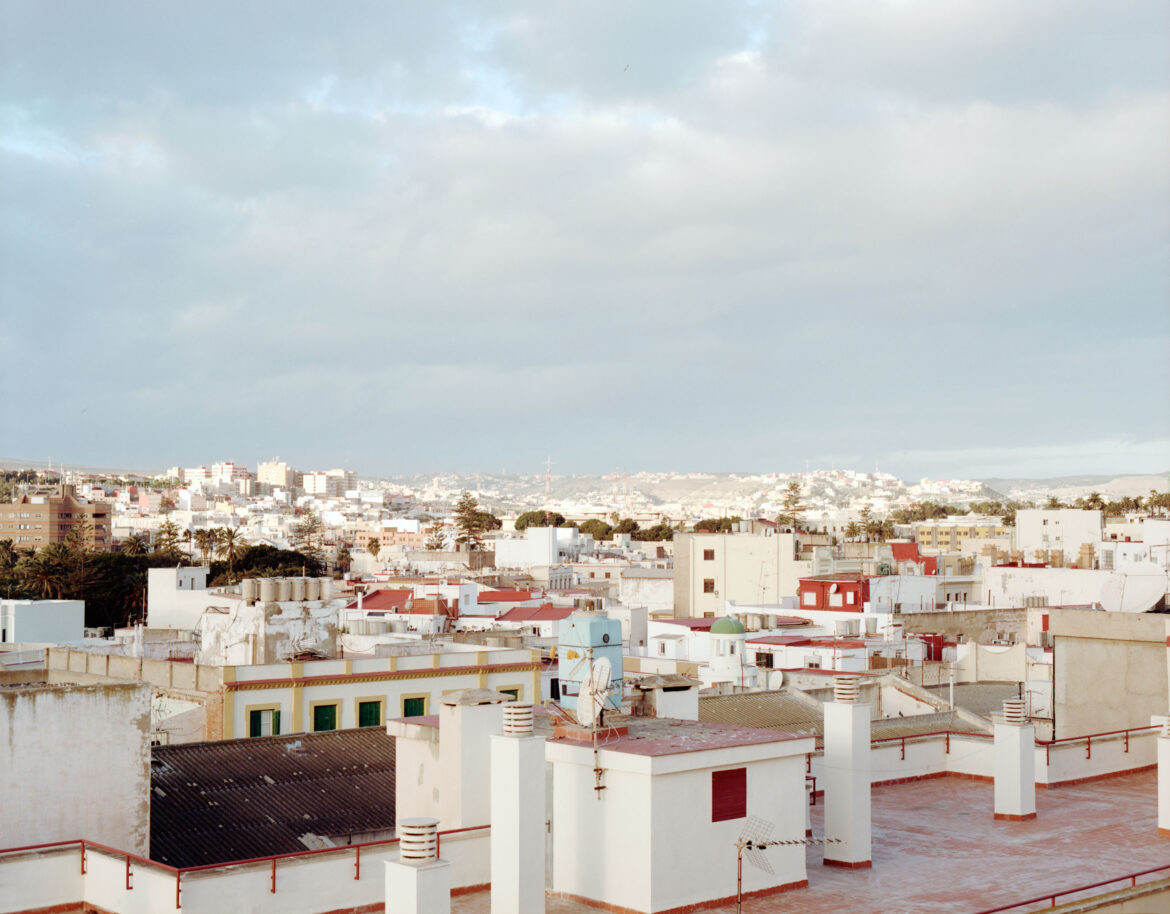
Panorama of the city and Moroccan neighbourhood.
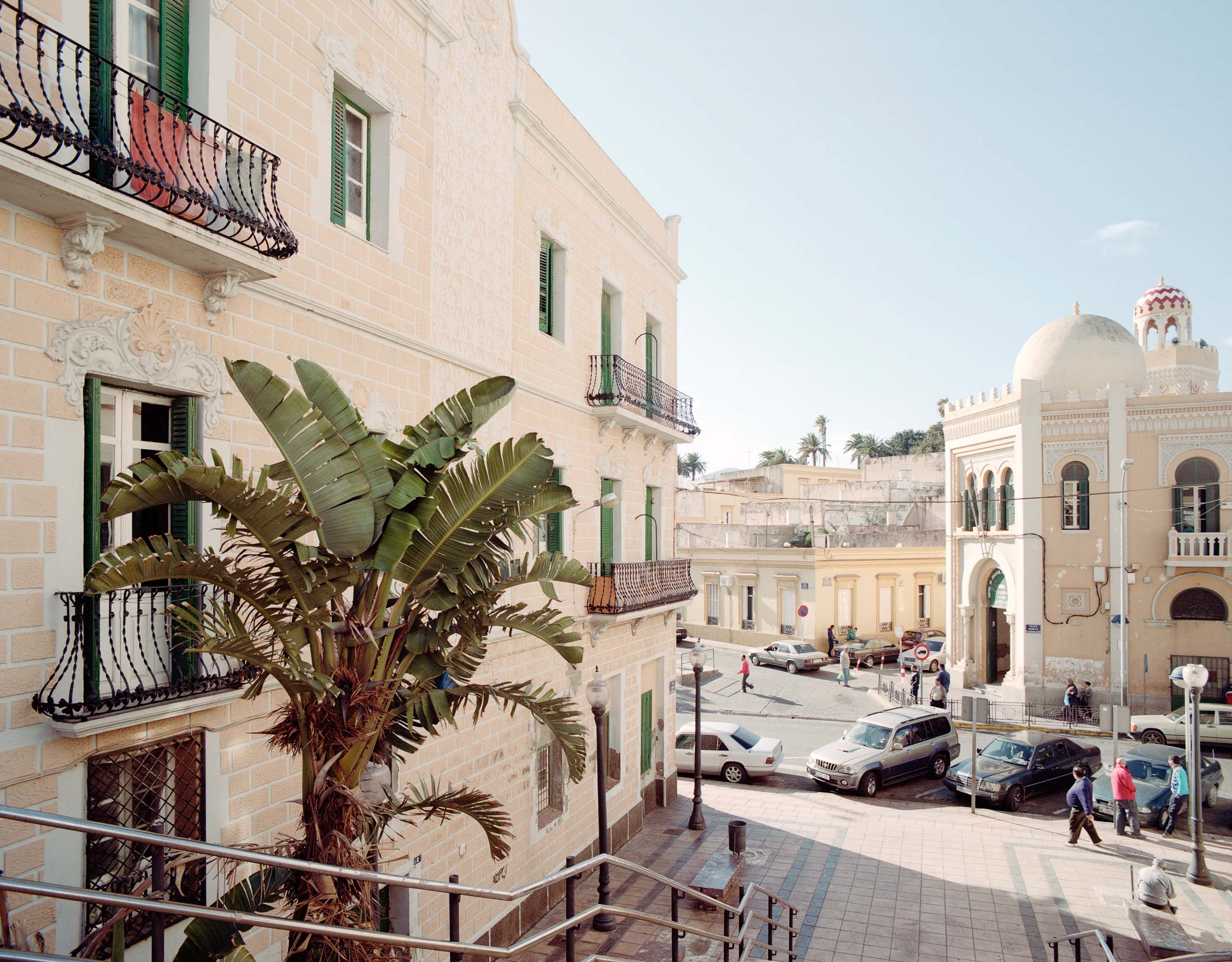
Moroccan neighbourhood. This is the house of the Berber leader Abd el-Krim el-Khattabi, who fought against the Spanish army and founded the Rif Republic. He was defeated by the Spanish army, led by Franco in 1926.

Panorama of the harbour and the old town.
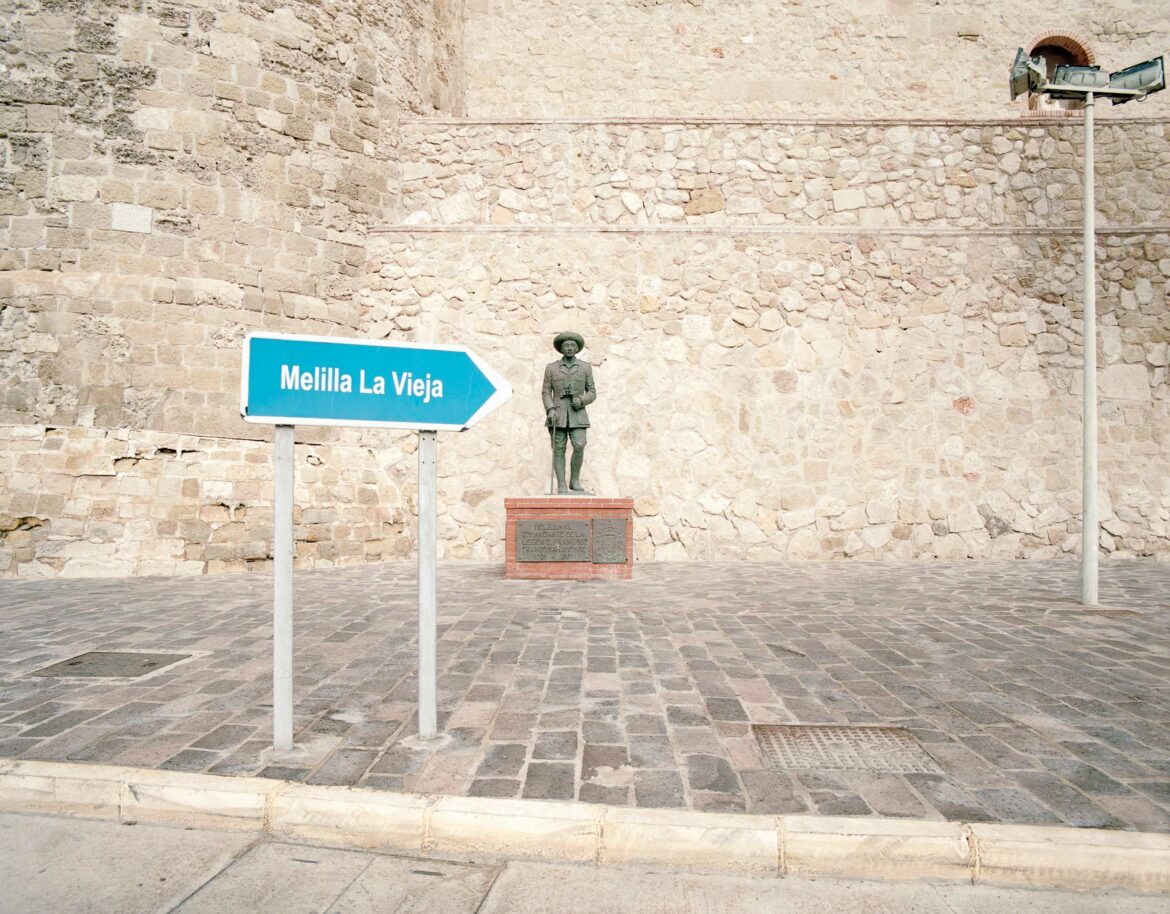
Francisco Franco’s statue near the old town. They built it in memory of his victory against Morocco, when he was leading the legion in Melilla. This is the last statue of Franco throughout Spain.

Berber fishermen near the harbour.
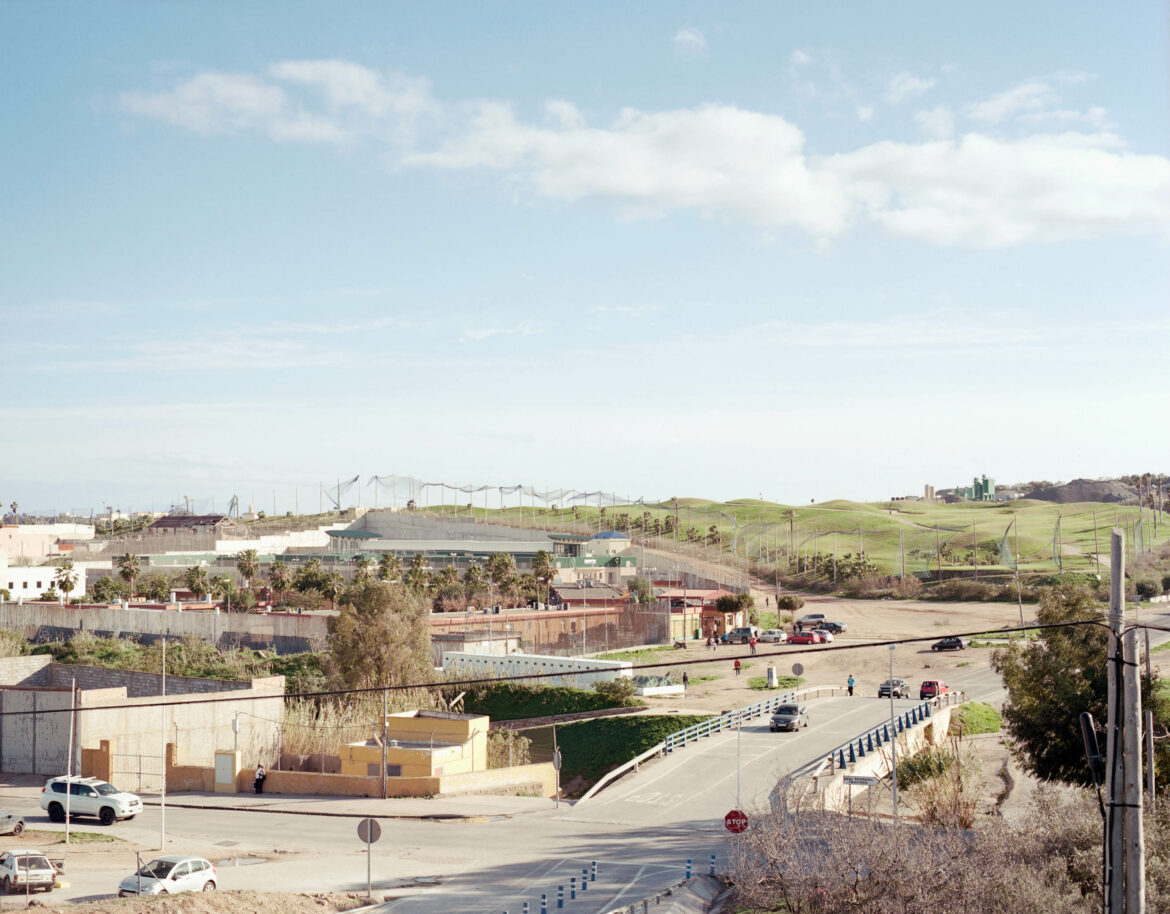
CETI and golf course. The migrants who managed to cross illegally the European border live in the detention centre.

Children from the CETI play in the river bed.

Merry-go-round in the centre of Melilla and the restored walls of the old town.
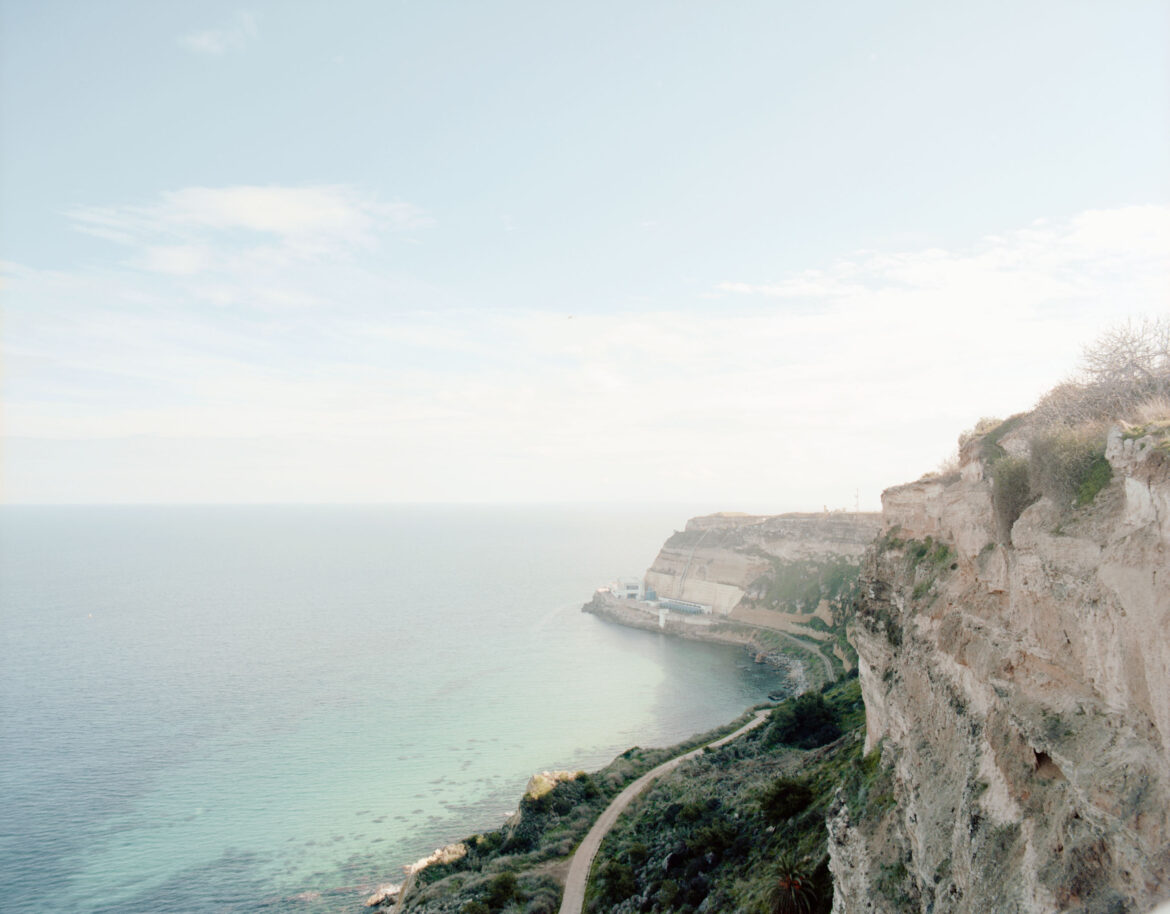
Crystal clear waters and desalination plant.

Panorama of the city and Mount Gurugú covered with clouds. There the sub-Saharan migrants take refuge and wait to cross the border. The tourist office in Melilla proposes nature outings on the mountain.

Beach soccer in the city centre.

View of a downtown street that takes to the sea.
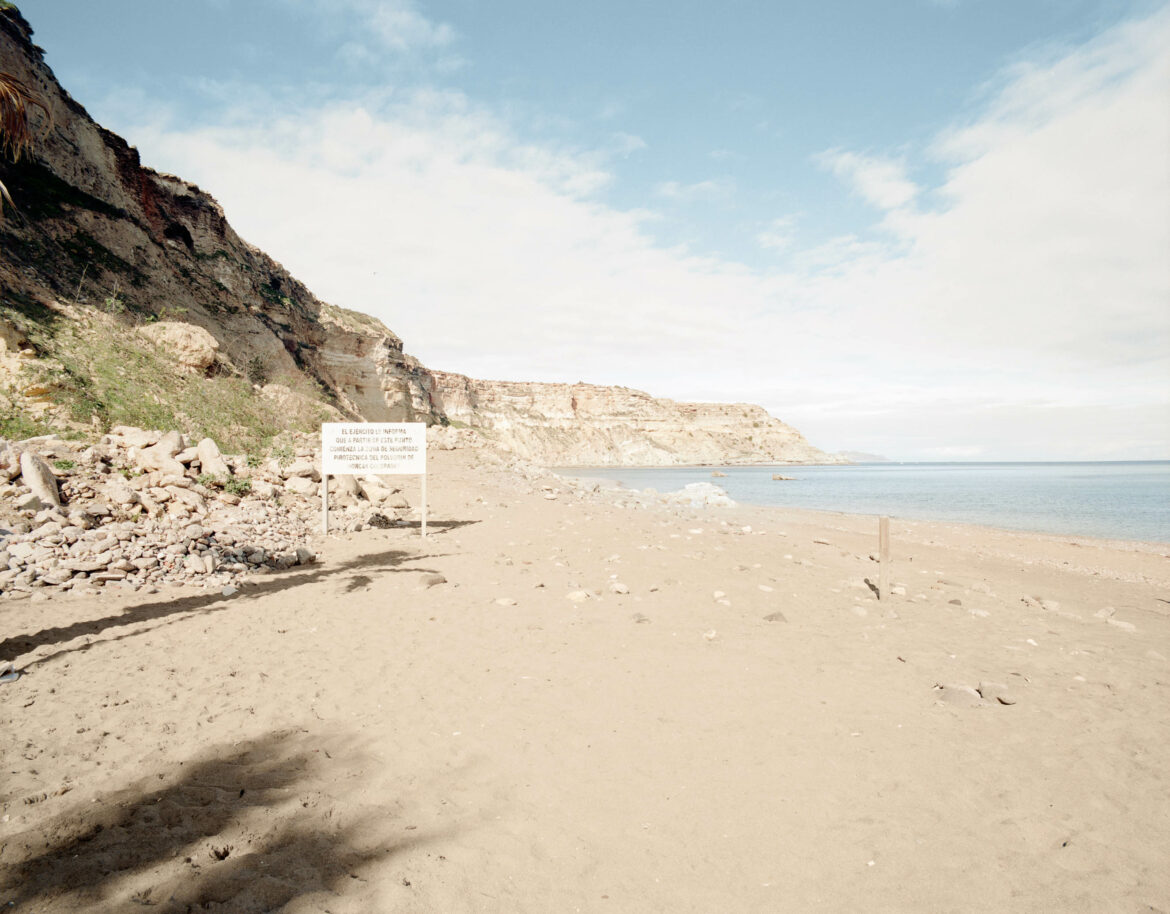
Beach dedicated to pyrotechnic military exercises.

Window of a photography shop in the Moroccan neighbourhood.
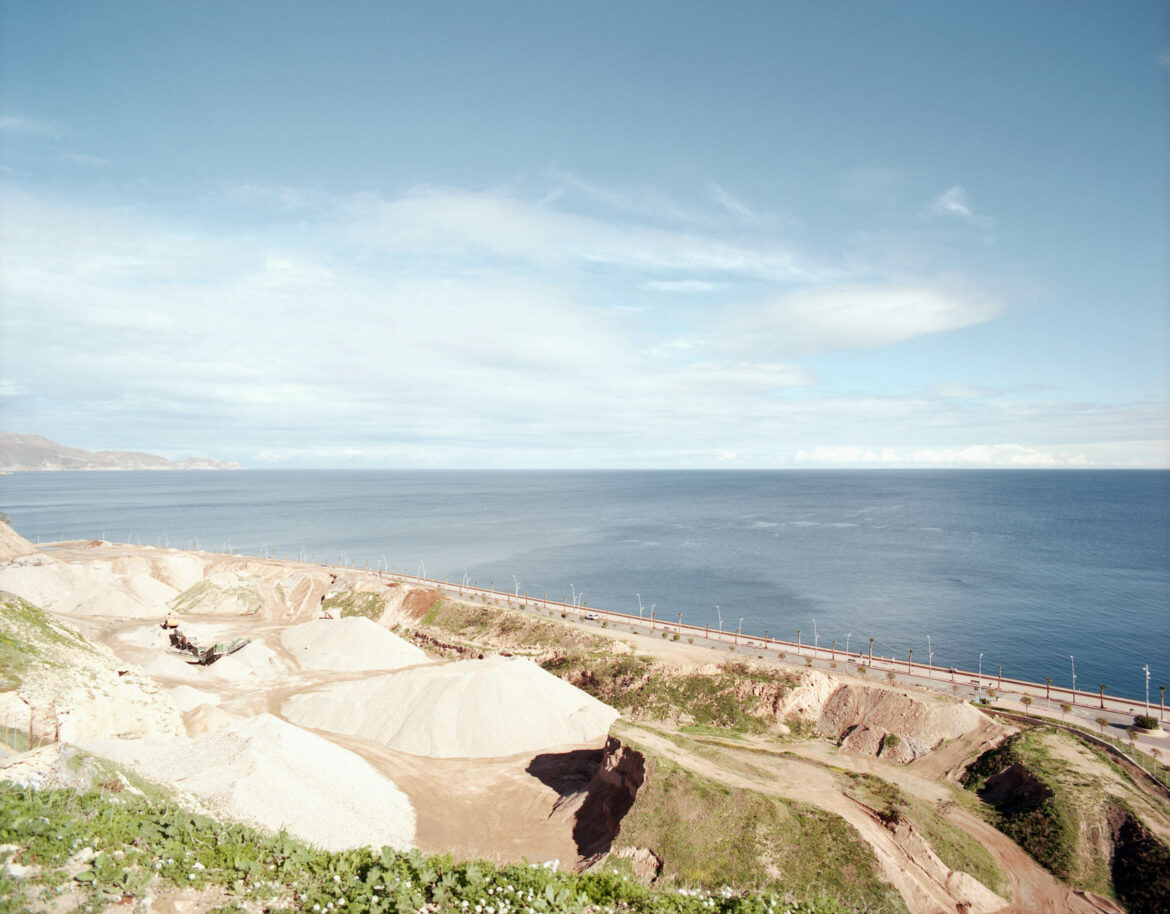
View of the new waterfront and the filling works.

Parking on the waterfront.